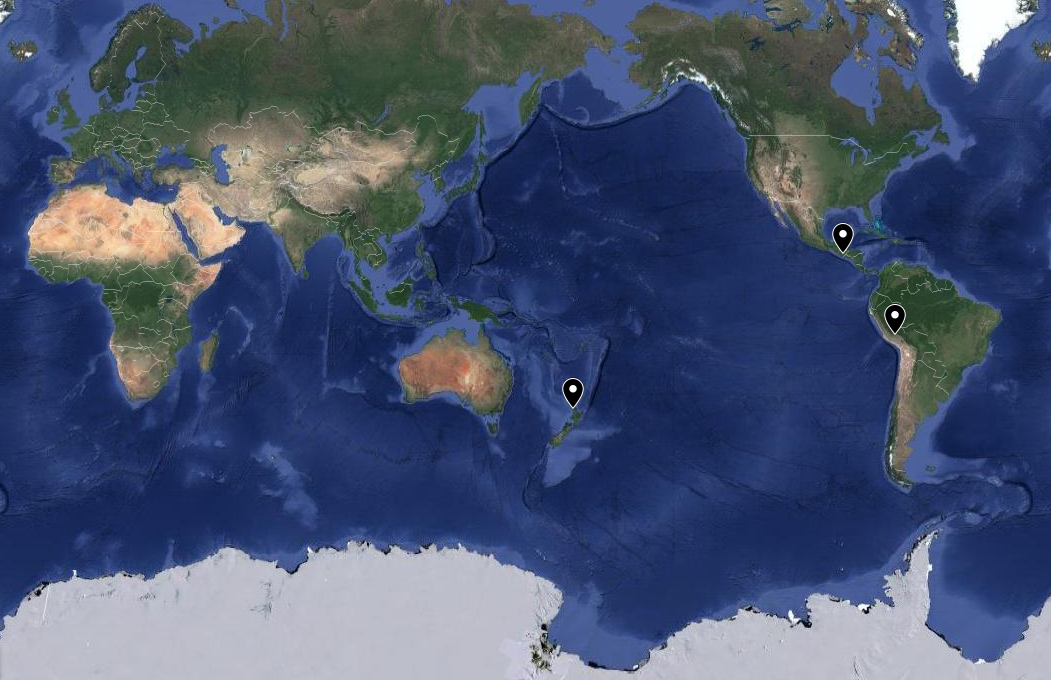
The Pleiades and Native Foods
For indigenous people in Polynesia, Mesoamerica, and the Andes, the Pleiades are tied to planting and harvesting cycles of native foods.
MĀORI
To the Māori, the heliacal rising of Ngā Mata o te Ariki Tāwhirimātea (the eyes of Tawhirimatea, the god of the winds)—the star cluster known as Matariki (or Pleiades)—is an important time of year that brings together applied scientific knowledge and deep cultural significance. Matariki is central to the Kainga, the traditional center for economic activity including the production of staple foods and their distribution in the traditional Māori economy (“kai” means food). For Māori, Matariki marks the start of a new year, the changing of seasons, and the time for harvest. The 21st century is seeing a strong cultural resurgence in observing and celebrating Matariki within a Māori perspective.
* Photography by Isabel Hawkins (2005)
QUECHUA
Quechua and Aymara people in the Andes of Peru and Bolivia are the descendants of the Inka Empire—the Tawuantinsuyu or “four parts together.” Andean communities today manage thousands of varieties of tubers and more than 500 varieties of maize. They observe the Pleiades, called Qolqa (“storehouse”) or Qutu (“handful” in Quechua), during the heliacal setting in early May (Qarwa mita) and the heliacal rising in mid-June (Onqoy mita), to time potato planting and to ascertain the year’s bounty.
*Photography by José Barreiro (2014)
MAYA
The Maya are renowned for their astronomical knowledge as the source of precise celestial calendars that are still in use, particularly in the highlands of Guatemala. The K’iche’ Maya observe the setting of the Pleiades (Jun Much meaning “80” or Motz, meaning “handful of corn kernels”) for agricultural purposes in preparation for planting. The Mam Maya call the cluster Wutx, which also means “handful of seeds.” Indigenous groups led by Ajq’ijab’ (Calendar Keepers) are actively mentoring young adults and support elders to share their traditional knowledge of agriculture, astronomy, and calendars. More than 7 million Maya live in Mesoamerica today in Southern Mexico, Guatemala, Belize, Honduras, and El Salvador. Farmers in the Yucatan, Mexico also observe the Pleiades to time the planting of corn. They call the cluster tsab, which means “the rattle of the snake” in Yucatec Mayan.
* Photography by Julián Cruz Cortés (2010)

LocationS
3 Stages
The research project will be conducted during 2-month residencies in each country:
New Zealand (May and June 2019);
Guatemala (October and November 2019);
Peru (June and July 2022).
Because of the cultural synergy that exists within Polynesia, Mesoamerica, and the Andes, research may also encompass other areas such as Micronesia, Mexico, and Bolivia.




